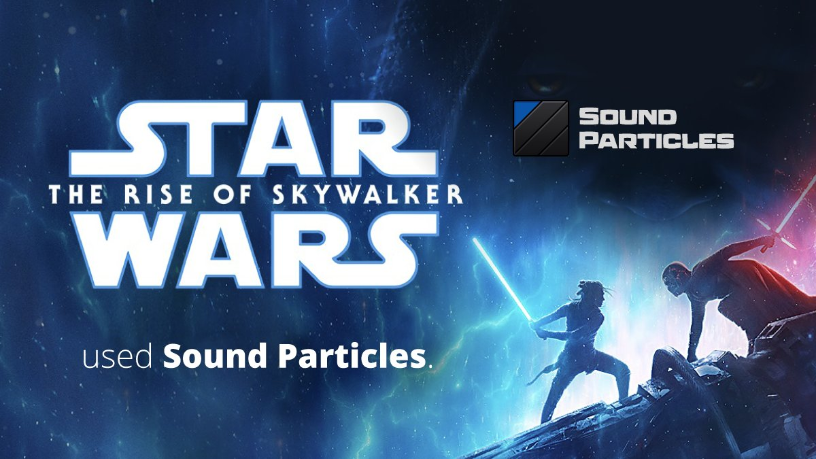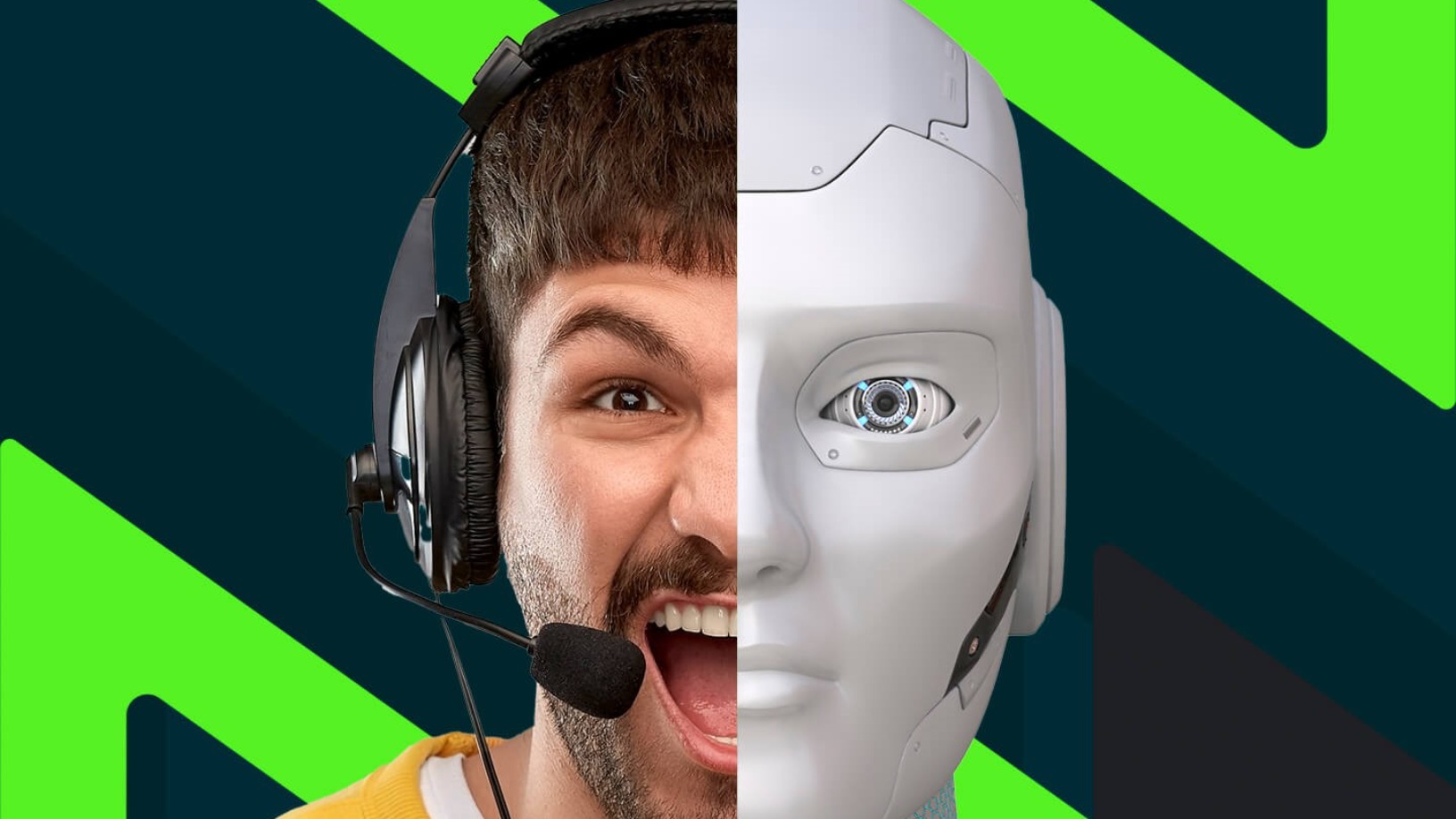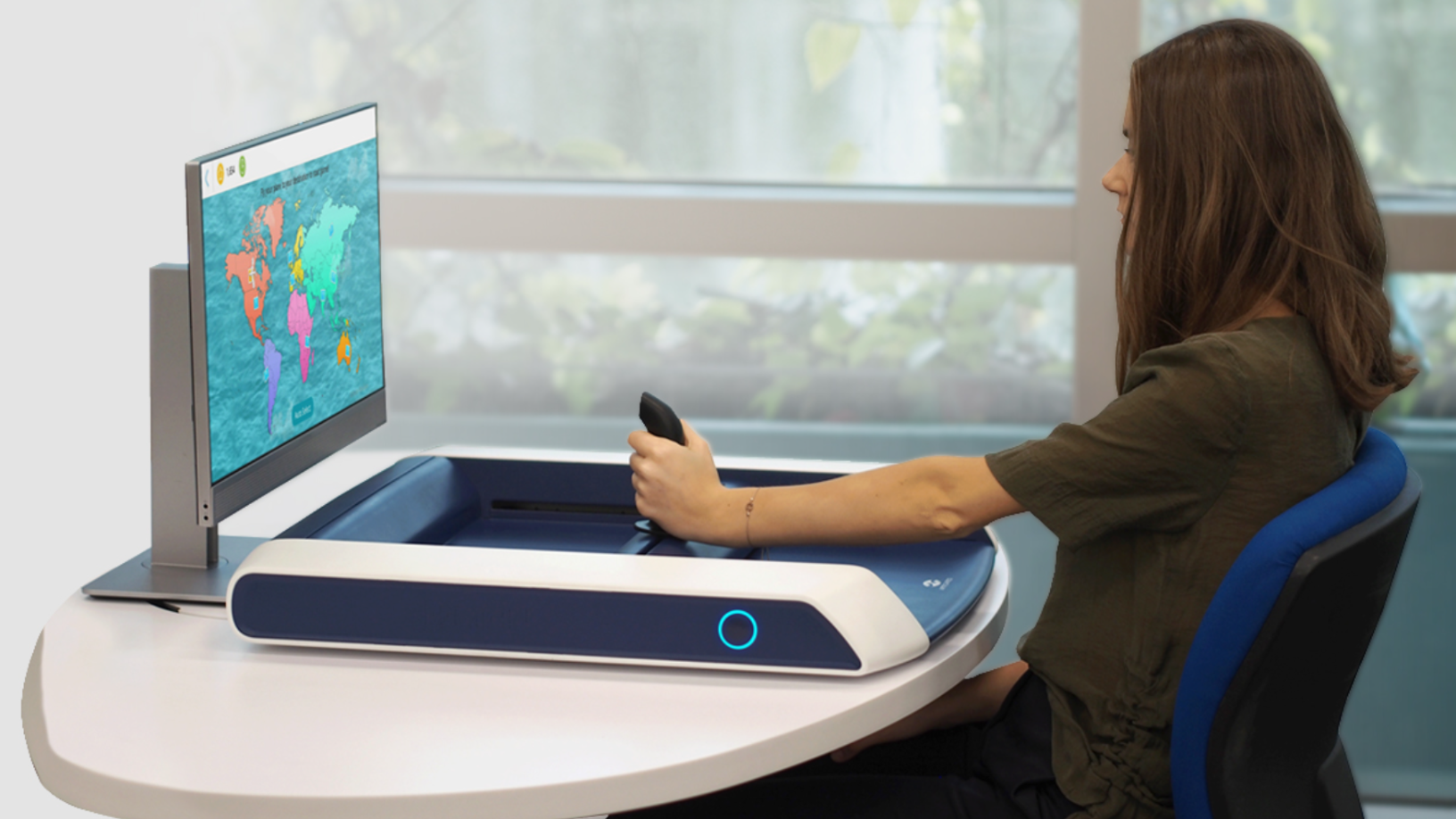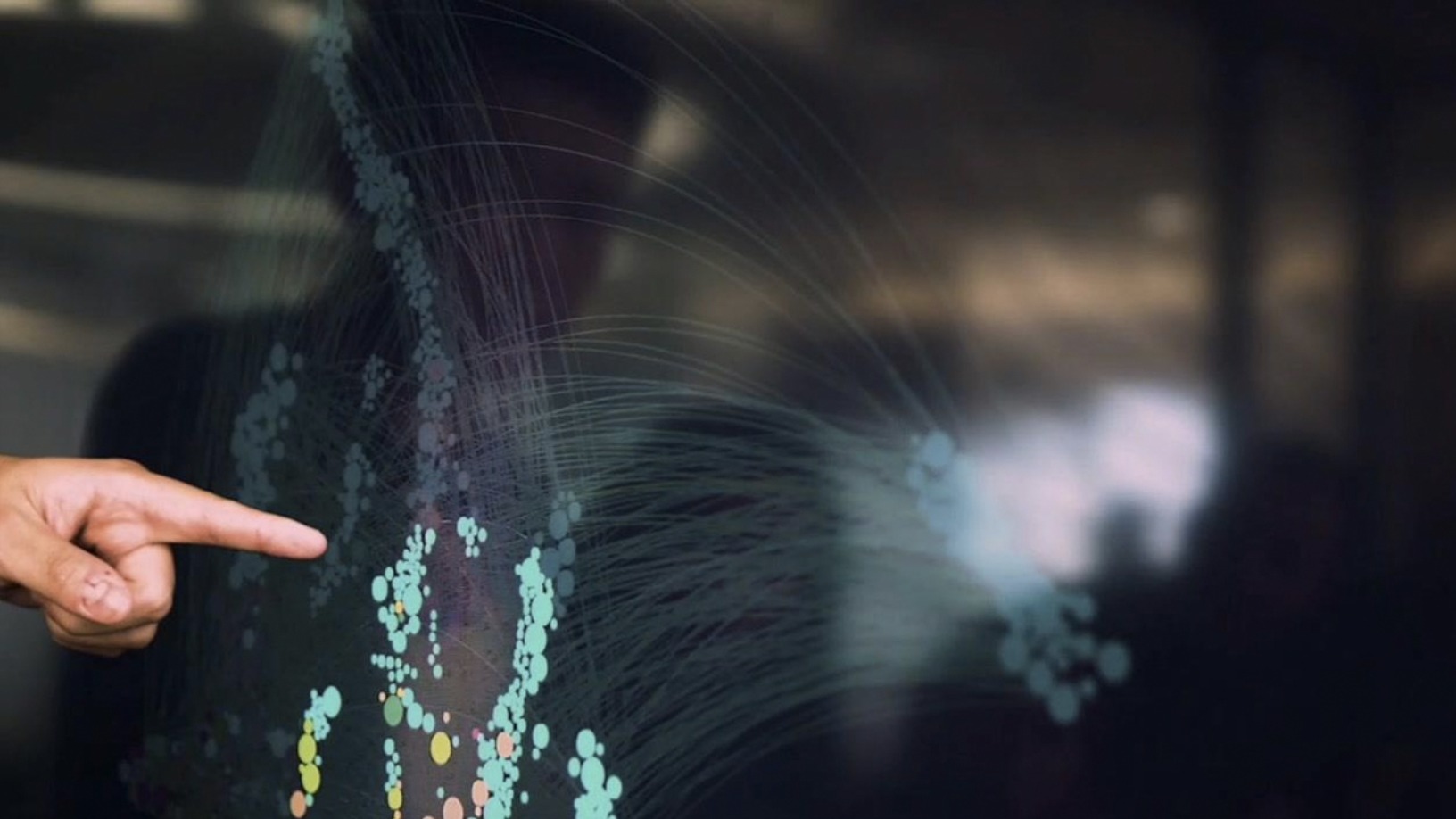In less than two years, Nuno Fonseca's brainchild, Sound Particles, has become in demand at every major Hollywood studio, with 42 major movies under its belt so far. Cinema-goers can hear Sound Particles' effects in Star Wars: The Rise of Skywalker, during the scene of the electrical storm; the battle scenes in Game of Thrones; or in Frozen II's mist, just to name a few.
Sound Particles' key difference is its combination of precision software with sound effects, similar to the way CGI boosts visuals, plus its use of 3D audio effects. These effects are important to today's moviegoing experience, which features surround-sound speakers giving the illusion of sound coming from any direction.
The software designed for sound producers boasts the ability to generate many thousands of completely realistic sounds by drawing on its pioneering method of aping particle systems from visual graphics. This design technique uses multiple tiny 2D or 3D objects to represent complex graphics lacking defined physical form, such as fire, explosions or mist.
Like its visual predecessor CGI, the system excels in recreating complex soundscapes for immersive sound systems. It is this capacity that seems to have ignited the interest of so many in such a short time. Sound Particles uses computer graphic particles to represent a 3D sound source instead of an object, with a virtual microphone doing the work of a CGI camera to capture the virtual sounds.
The intelligent software generates sound animations that can be rendered anytime to any format for output in co-ordination with the pre-created sound libraries used by sound professionals.
Automated, realistic sound
“At the moment, sound creation for an epic scene like a battle is an essentially manual process, with the sound designer adding sounds one after another, probably up to 100 simultaneously,” Fonseca told the media soon after launch of his software. “With this technology, the software creates thousands and thousands of sounds, saving time and attaining more realistic results. The more epic the production, the more advantages there are to Sound Particles.”
Before, it could take two days to create simultaneous sounds for one scene, each sound being imported into production separately. With Sound Particles recreating CGI animation techniques to add thousands of sounds in a few minutes, scenes can offer virtually unlimited simultaneous sounds – and feel more realistic to viewers.
Battle and disaster scenes aside, the technology has also been used in gentler movies, such as Steve Jobs, giving ordinary sounds a realistic sense of space or depth. This means the software can also be used to create the sound of a nearby diner's cutlery in a restaurant or of cars passing in a rainy street.
Sound Particles got off the ground thanks to an astute observation by sound enthusiast Fonseca. Noticing that no-one was using particle systems for sound, he began contacting major film studios after spending less than two years in product development between 2012 and 2014 – two years before founding his company in 2016. It wasn't long before he got a positive response.
The first reply he received was from Skywalker Sound, the biggest and most reputable sound producer for cinema worldwide. After being invited to present his technology to the company, within six months he was doing demonstrations to all the big Hollywood studios. Now, Sound Particles' customers include Warner Bros, Universal, 20th Century Fox, Technicolor (Paramount Studios), Pixar and Sony Pictures, as well as gaming companies.
Success, even before seed round
Fonseca had been preparing the ground for his technology both academically and professionally long before Sound Particles' founding and meteoric rise. For almost 18 years, Fonseca was Program Coordinator for Digital Games and Multimedia at the Polytechnic University of Leiria. Simultaneously, for six years until 2018, Fonseca was a teacher of Music Technology at Lisbon's Higher School of Music. His educational achievements include a both a Master's and a PhD in Computer Engineering.
Also impressive is the fact that the startup launched and went global before ever receiving external funding. Even now, the company has received only a modest seed funding investment of €400,000 in 2019, led by Portugal's largest independent private VC fund, the recently-opened Indico Capital Partners. The round also saw the participation of REDangels, a local angel investor group.
A few months later, Sound Particles received €1.25m in European Union funding in the form of its SME Instrument innovation investment, one of the world's largest innovation investment programs. This was to help it further scale and commercialize, especially in the video games sector, where it was recently used by designer Obsidian in its latest offering, The Outer Worlds.
For now, the startup continues to be based in Fonseca's central Portuguese hometown of Leiria and has a full-time staff of 16. The startup largely currently relies on client recommendations and a reseller network in North America and northern Europe for its sales.
“We live in a global world, so obviously we have to make regular trips to Los Angeles to keep in close contact with our customers, but there is nothing to stop a company from Leiria building software for the other side of the world,” said Fonseca.
One year before founding Sound Particles, Fonseca had already launched the first version of his software. The start of 2020 saw the release of Sound Particles 2.1, which has added functionality to the second version of the software launched early in 2019.
A bargain for Hollywood
That earlier version had included integration with CGI software, linking sounds with 3D images, plus the ability to render in real-time. Fonseca said that real-time rendering was the most complicated of all the functionalities to implement, taking several months to achieve due to the processing capacity that the program required to enable it. Version 2.1 also includes an updated 3D audio engine, batch processing of production, and the ability to save sessions as templates and create track presets.
Subscription to Sound Particles software is on a SaaS license basis from just $16.90 a month, or as a one-off purchase costing $399, for individuals. The subscription price rises to $49.90 monthly for corporates, or they can opt for a one-off purchase price of $2,490 – still a drop in the ocean for major film production companies. There is also a free trial available.
Needless to say, the software has met with rave reviews from users, with even seasoned experts like sound designer David Farmer (The Hobbit, Lord of the Rings)lauding the software's ability.
“Sound Particles produces audio content in a fresh and innovative way. I've only just scratched the surface of what is possible and I'm learning to think with a whole new approach,” he said.
Besides Sound Particles, the startup has already released another product called Doppler+Air: a bundle of audio plugins for design and post-production used to recreate objects flying through the air. It was nominated for Outstanding Product – Post Production by Hollywood's sound production association, the Cinema Audio Society, at its January 2019 prize ceremony.
Fonseca is also considering opening a commercial delegation in Los Angeles some time in 2020, as well as further developing his software to support an ever-greater number of possible platforms, including expanding into the music industry. It looks like even busier times beckon for the modest sound entrepreneur from Leiria.










